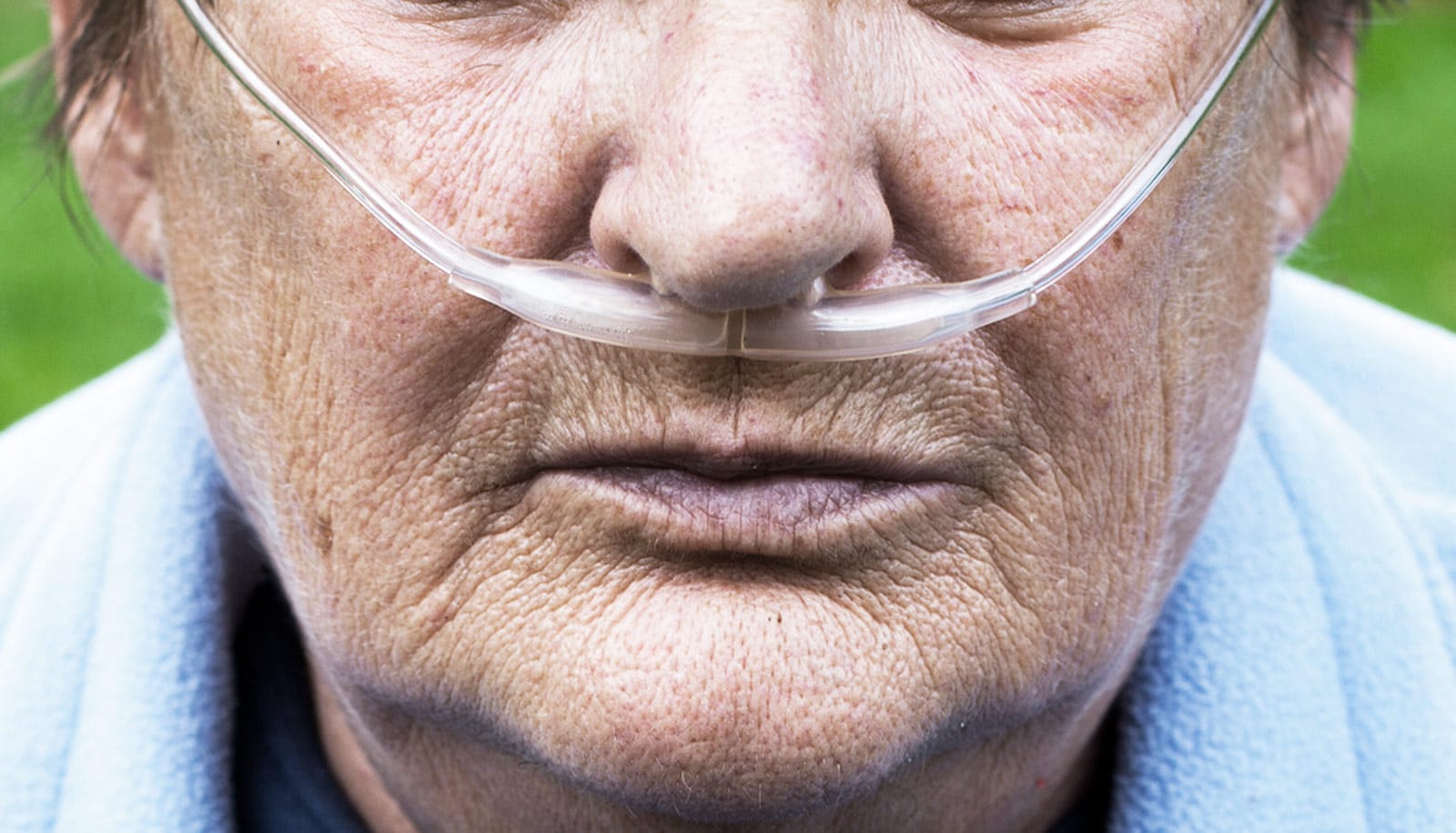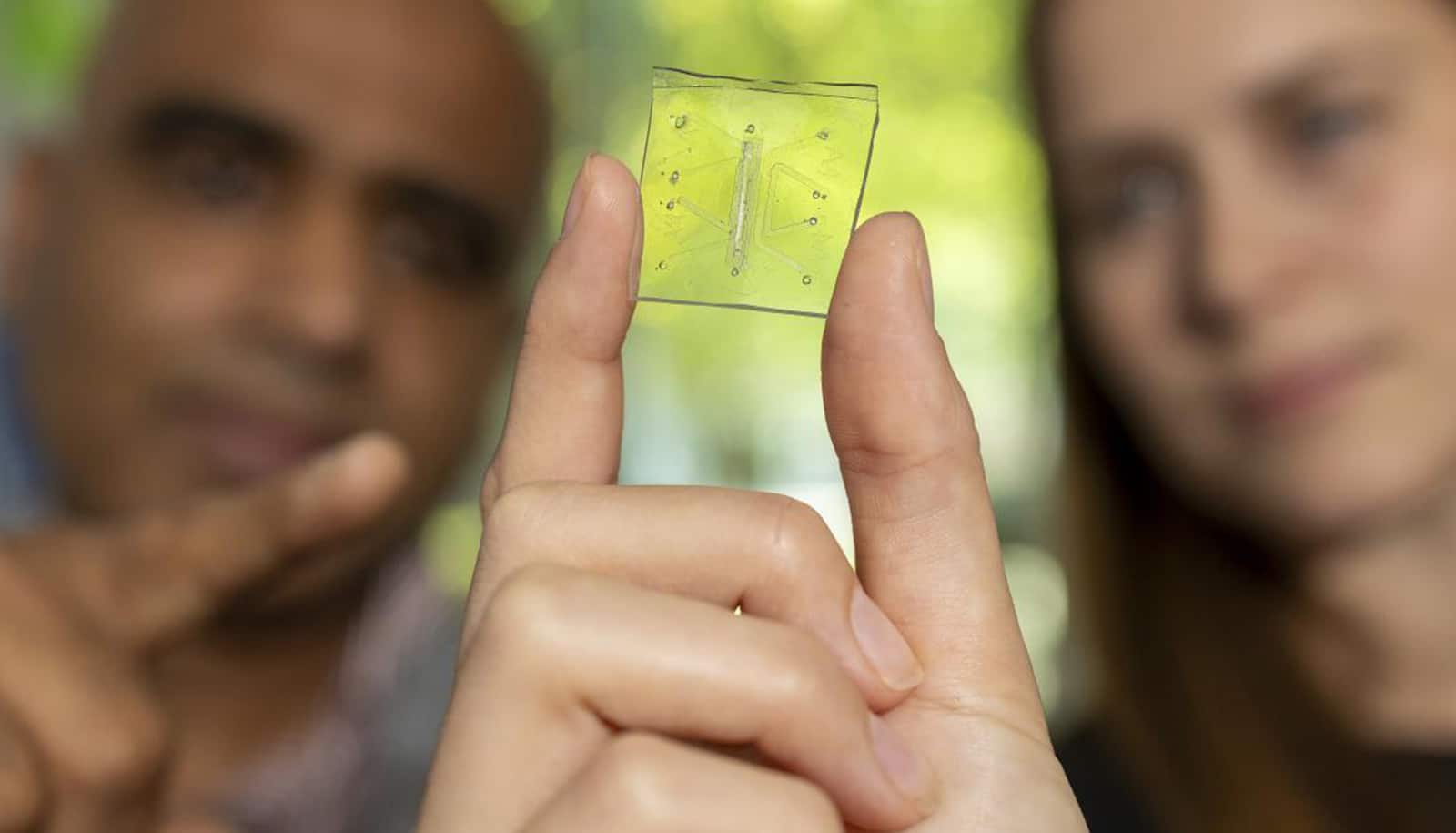New research offers new insights into how the most harmful pathogen in chronic obstructive pulmonary disease (COPD) lives and adapts to its hosts.
The research, published in the Proceedings of the National Academy of Sciences, tracks the pathogen over months and even years.
“By helping us understand how this pathogen survives in a hostile environment in human airways, this research is helping us develop ways to eradicate the pathogen to improve the lives and health of people with COPD,” says senior author Timothy Murphy, professor and senior associate dean for translational research in the Jacobs School of Medicine and Biomedical Sciences at the University at Buffalo.
Human airways include the nose, nasal cavities, the mouth, larynx, trachea, and bronchial passageways.
The pathogen, nontypeable Haemophilus influenzae (NTHi), is the source of much of the misery that COPD patients endure, Murphy says. It’s an exceptionally formidable adversary, because strains adapt to each host. Taking samples from 192 Western New York patients with COPD meant that researchers then had 269 different strains of the pathogen to study.
“People with COPD carry this organism in their lower airways for months to years,” Murphy says. “And since it’s a pathogen that doesn’t belong there, it causes all kinds of problems.
“It’s a hostile environment: The little hairs called cilia are continuously trying to get it out of the airway; that’s what makes patients cough. The immune system is bombarding it with antibodies and macrophages that are trying to eat it up, and with antimicrobial peptides, small molecules that are looking to punch holes in the bacteria. All of these things make it a challenge for these bacteria to live in the human airways.”
Changing genes
And yet they do survive and even thrive.
“The genomes are like a looking glass, revealing the pathogen’s secrets to us by showing us how it changed its genes through the years.”
“Studies of this pathogen up until now have been looking at strains grown in labs or stored in freezers,” Murphy says. “The power of our study is that we have 269 strains of the pathogen and we can see what it looked like when the patient first acquired the strain and how it changed its genes to survive in the unique environment of the human airways,” he says.
Those genetic changes are key to determining where the pathogen’s vulnerabilities lie and what the best strategy might be to eradicate it.
The ability to efficiently sequence the genome of the pathogen and analyze it was critical to the success of the research, Murphy says.
“Not only were we able to look at what the genes looked like when the patient acquired the pathogen, but we followed these patients every month,” he says. “One bacterium lived in a patient for four years. The genomes are like a looking glass, revealing the pathogen’s secrets to us by showing us how it changed its genes through the years.
“What we found is that the Haemophilus influenzae turns genes on and off, it’s constantly changing which genes are activated based on the environment in the airway,” Murphy explains.
Scavenging for nutrients
Since the lower airways are nutritionally deprived, for example, the research demonstrated that the pathogen will activate all of its mechanisms to try and scavenge nutrients like iron that it needs to survive. That information is critical to potentially developing a vaccine or a treatment.
Grapes may offer drug treatment for COPD
“Now that we’re beginning to understand how the bacterium is able to survive, we can use these molecules that come from the genes we found as drug targets to eradicate the bacterium from the airways.
“The beauty of this approach is that a new drug can be targeted specifically to an antigen allowing selective eradication of the pathogen without disturbing the normal flora.”
Additional researchers from the University at Buffalo, Yale University, and the University of Maryland School of Medicine are coauthors of the study.
Bacteria in lungs make COPD patients sicker
The National Institutes of Health, the Department of Veterans Affairs Office of
Research and Development, and a Clinical and Translational Science Award funded the work.
Source: University at Buffalo



